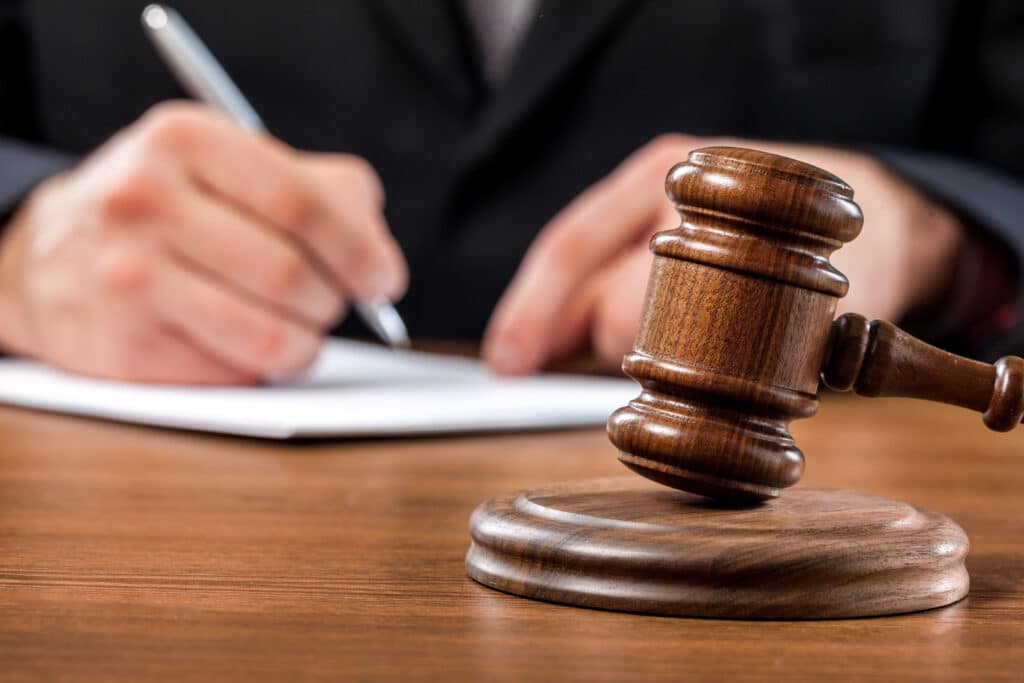I know this blog is followed mainly by people already in the corrections profession. However, I have received enough questions regarding inmate discipline from folks outside of corrections I decided to make this post.
This post explains the inmate discipline process in the California Department of Corrections & Rehabilitation. CDCR provides a graduated system of inmate discipline designed to be administered commensurate with the seriousness of the offense. Discipline shall be administered so as to maintain control, conserve human values and individual dignity and promote socially desirable changes in attitude and behavior.
Here is a step-by-step process:
- Inmate violates law, policy, or regulation. This violation is caught by custody staff.
- Officer decides whether to take action or not. Action can be:
- Verbal counseling
- Written counseling
- Written rules violation report
- If the inmate violation is a serious breach of peace, or if a staff member uses force, an incident package will also be written.
- If a rules violation report is submitted, the report is reviewed and approved by a supervisor (usually a sergeant).
- The approved rules violation report gets sent for classification depending on the severity of the offense, this is done by a second line supervisor or manager (lieutenant or captain).
- The classification determines the amount of discipline that can be applied if the inmate is later found guilty of the charge. For example, a division “B” for battery on a peace officer may result in a credit loss of 121-150 days whereas a division “E” for sexually disorderly conduct may result in a credit loss of 31-60 days. The rules violation may also be classified as “administrative” where no credit is taken.
- Serious rules violation reports (divisions “A” – “E”) are heard by a second level supervisor, usually a lieutenant. Administrative rules violation reports are usually heard by a first level supervisor, a sergeant.
- All rules violations reports may result in loss of inmate privileges for a short period of time, such as loss of visiting, yard recreation, or confinement to quarters. The most serious and violent rules violations may result in a short stay in restrictive housing.
- After the hearing, the inmate is designated either guilty or not guilty. If guilty, the hearing officer assigns the appropriate punishment for the offense with the goal of changing the inmates’ attitudes and behaviors towards the deviant act.
- After the hearing, the inmate may use the appeal process to have the conviction changed, overruled, or reheard.
Throughout the entire rules violation process there are strict controls to ensure inmate rights. Inmates are served all evidence and given time to prepare a defense. Effective communication is ensured every step of the way to ensure the inmate’s ability to understand and participate in the process. Strict timelines are enforced so the process is speedy and fair.
For those violations where an incident package is also created, these may be referred for criminal prosecution. Inmates have the ability to postpone the inmate discipline process pending outcome of any criminal prosecution so the inmate’s right to silence is not violated.
